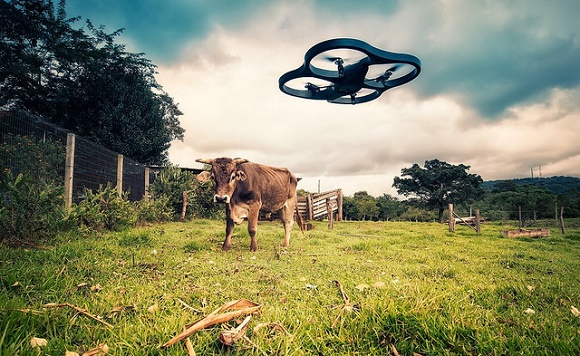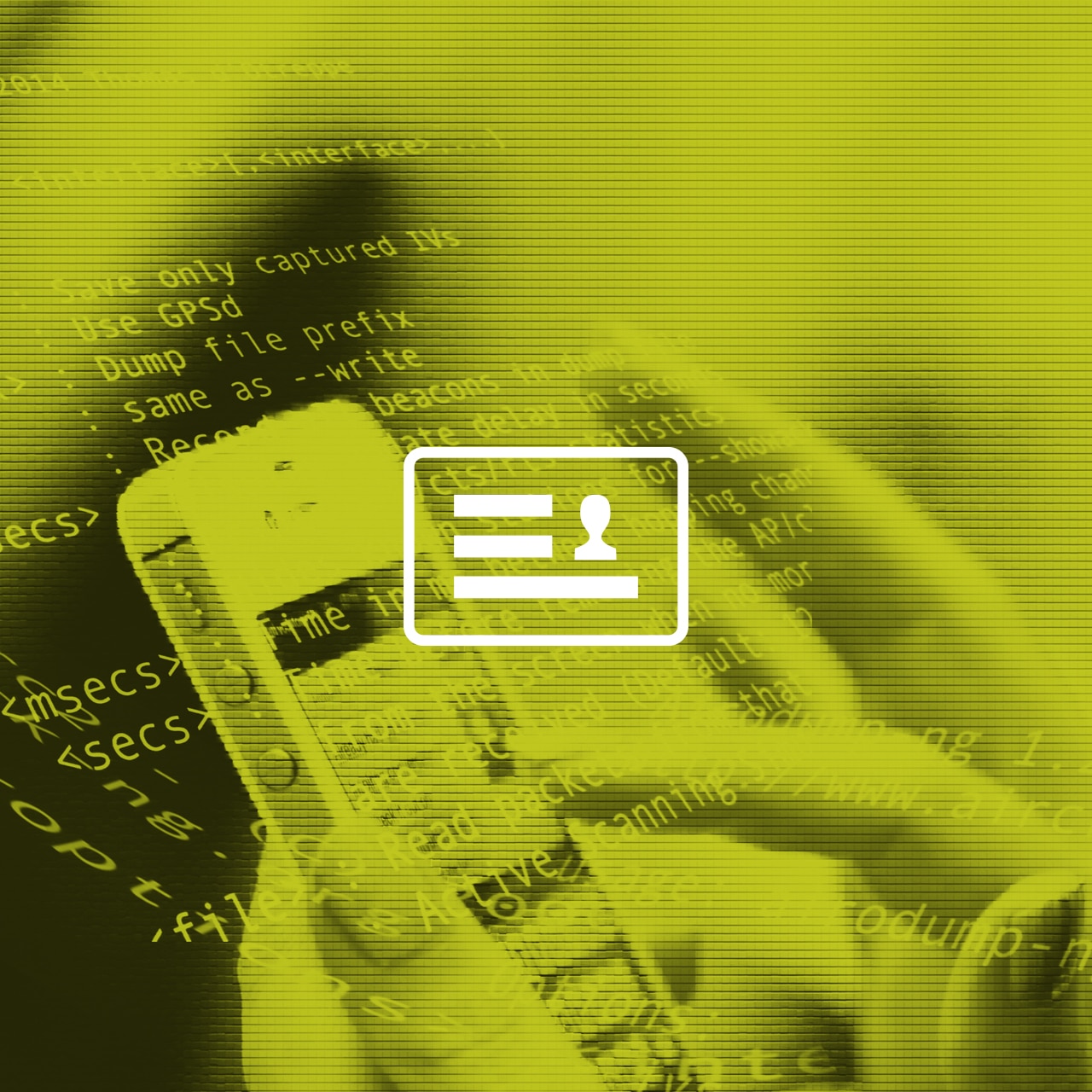
Today, President Barack Obama issued a presidential memorandum addressing the increased development and use of drones within the United States. Among other things, the memorandum, which has the force of law, requires the National Telecommunications and Information Administration (NTIA) to develop a multistakeholder process for the creation of non-binding rules governing commercial drone use. The NTIA will collaborate with businesses and civil society organizations to develop the guidelines, which must be drafted to adequately address threats to privacy and free expression posed by the public use of the technology, particularly the unique challenges of drones as mobile internet service platforms.
While Access supports multistakeholder processes, it is not yet clear that the rules will adequately account for the potential harms or benefits of commercial drone use. It will be critical for the multistakeholder process to be truly open and incorporative for the development of rights-respectful drone rules.
Drones in the U.S.
Despite the surge in military, non-military, and civilian drone use, the U.S. government has failed to establish rules governing commercial applications. Congress has introduced several bills on drones, but no legislation has yet passed. Some states have passed laws, though those laws establish inconsistent standards, some of which actually interfere with free expression or fail to protect privacy interests.
The Federal Aviation Administration (FAA), in charge of licensing and controlling the U.S. airspace, also released its draft rules for small drones today, which will be open for public comment before becoming final. The FAA has been developing these rules since 2012, and has already missed several self-imposed deadlines and faces a congressional deadline in September. In this environment, the huge demand for commercial drones is increasing as ideas like the tacocopter and Amazon drone delivery intrigue the public. But the proliferation of drone technology cannot be allowed to continue until there are concrete standards in place to protect users and the general population against misuse and abuse.
Simultaneously, one of the most promising applications for drones, which is also the most ripe for abuse, is as internet service platforms. Mobile platforms raise new and unique issues distinct from permanent networks, which provide lasting infrastructure to their areas of service. Drones could importantly provide service in times of emergency or in places difficult to reach by fiberoptic cable without investing heavily in infrastructure, though any service provided by drones would be, by nature, impermanent. Operators would gain access to vast quantities of data; so far, the service providers accustomed to turning user data into profit, like Facebook and Google, are also the most interested in internet-providing drones. In difficult-to-reach environments, without network competition, providers would also have incentives to prioritize their own services, contrary to principles of network neutrality. It will be necessary to answer hard questions, such as regulatory classifications for providers and obligations to users.
Drones also increase the opportunities for governments to conduct first-hand surveillance of users’ electronic communications by intercepting signals and information. Official documents demonstrate that government agencies are already exploring aerial platforms for surveillance technologies, like Stingray technology, which conducts bulk surveillance of user location information. Currently, the FBI believes it can use Stingrays without a warrant any time the device is deployed in public, a practice which would be limited by the Geolocational Privacy and Surveillance Act, which was recently re-introduced by Senator Wyden and Representative Chaffetz. Conversely, also this year, Representative Michael McCaul is pushing legislation that would increase the use of drones on the U.S. borders, potentially collecting a large amount of digital data. The potential for drones to violate individual rights supports the need for legislation and regulations for government uses of drones as well as commercial vehicles.
Multistakeholder Process
The upcoming NTIA process derives from the Obama administration’s consumer privacy framework. As with prior processes on facial recognition and mobile privacy, the administration will engage in a series of meetings involving panelists and input from many stakeholders, including civil society organizations, before establishing public policies and making recommendations to lawmakers. Section 5 of the Federal Trade Commission Act states that once a company publicly commits to a follow a certain business practice or abide by a set of principles, it is bound to uphold that promise to users. The NTIA process attempts to utilize this authority in a meaningful and public-facing manner.
Path Forward
The drone process will start within 90 days of the issuance of the memorandum, sometime in mid-May 2015, and will focus on developing a “framework regarding privacy, accountability, and transparency for commercial and private [drone] use.” The Memorandum also requires all government agencies that operate drones to do so transparently and in a way that respects privacy and civil liberties. These agencies are required to have public policies on their use of drones within a year, and the policies must address issues like data collection, retention, and dissemination.
Drones provide great capacity to benefit both users and industry. However, drone technology is still new, and it will likely be utilized in ways we cannot imagine today. Access hopes that the process initiated by the Obama Administration will provide clear, lasting rules for drone use, particularly for use as an internet service platform, both in a pseudo-permanent and temporary capacity, and the rules that these providers must abide by, including issues of network neutrality. By addressing hard questions now, we can provide for a path forward that allows for innovation without sacrificing user rights.
photo credit: Lima Pix
